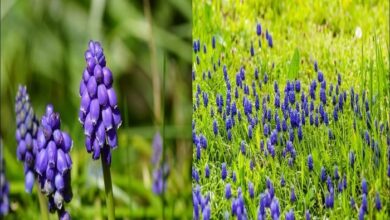Catherine Jemima Hughes: A Trailblazing Botanist and Illustrator

In the realm of botanical exploration and illustration, Catherine Jemima Hughes stands as a remarkable figure. Born in 1788, she defied societal expectations and embarked on a remarkable journey, traversing the globe to document the diverse flora of the world. Her meticulous drawings and insightful observations continue to inspire and inform botanists and naturalists to this day.
Early Life and Education
Catherine Jemima Hughes was born into a family of artists in Norwich, England. Her father, John Hughes, was a respected portrait painter, and her mother, Sarah, was a skilled watercolorist. From a young age, Catherine displayed a keen interest in art and nature. She spent countless hours exploring the countryside, sketching the plants and flowers she encountered.
Despite her artistic talents, Catherine faced societal constraints that limited her educational opportunities. As a woman in the late 18th century, she was not permitted to attend formal art schools or receive advanced instruction in botany. However, she was undeterred by these obstacles and continued to pursue her passions through self-study and private tutoring.
Botanical Expeditions
In 1816, Catherine’s life took a dramatic turn when she joined her brother, William Hughes, on a botanical expedition to Brazil. This journey marked the beginning of her remarkable career as a botanical illustrator. Over the next decade, she traveled extensively throughout South America, meticulously documenting the region’s rich biodiversity.
Catherine’s drawings were not mere artistic renderings; they were scientific records of exceptional precision. She captured the intricate details of plants, from their delicate petals to their complex root systems. Her observations extended beyond morphology, as she also noted the plants’ habitats, flowering times, and medicinal properties.
Contributions to Botanical Science
Catherine’s contributions to botanical science were invaluable. Her illustrations and field notes provided essential information for the classification and understanding of South American flora. Her work also inspired other women to pursue careers in science and exploration.
Upon her return to England, Catherine continued to work tirelessly, producing illustrations for numerous botanical publications. She collaborated with prominent botanists, including Sir William Jackson Hooker and John Lindley, and her drawings graced the pages of esteemed journals like Hooker’s Icones Plantarum and Edwards’s Botanical Register.
Legacy
Catherine Jemima Hughes’s legacy extends far beyond her botanical illustrations. She was a pioneer in her field, breaking down gender barriers and demonstrating the remarkable contributions women could make to science. Her work continues to inspire and inform botanists and naturalists, serving as a testament to her dedication, talent, and unwavering passion for the natural world.
Conclusion
Catherine Jemima Hughes’s life and work serve as an enduring reminder of the power of curiosity, determination, and a deep appreciation for the wonders of nature. Her legacy lives on in the countless species she documented, the scientific knowledge she helped to establish, and the generations of women scientists she inspired. Her story is a testament to the human spirit’s ability to transcend limitations and achieve remarkable feats.





